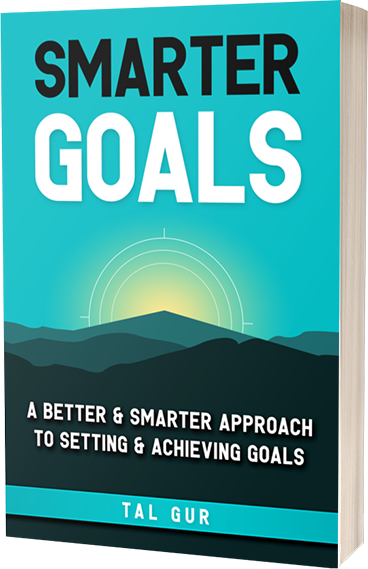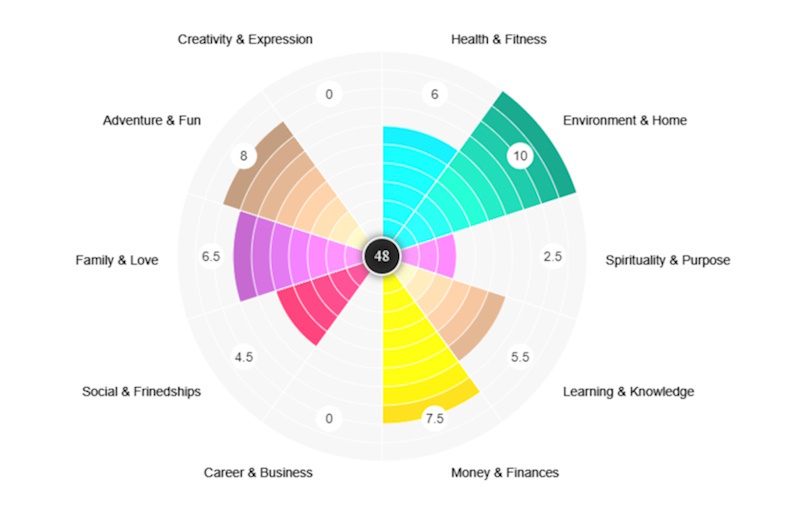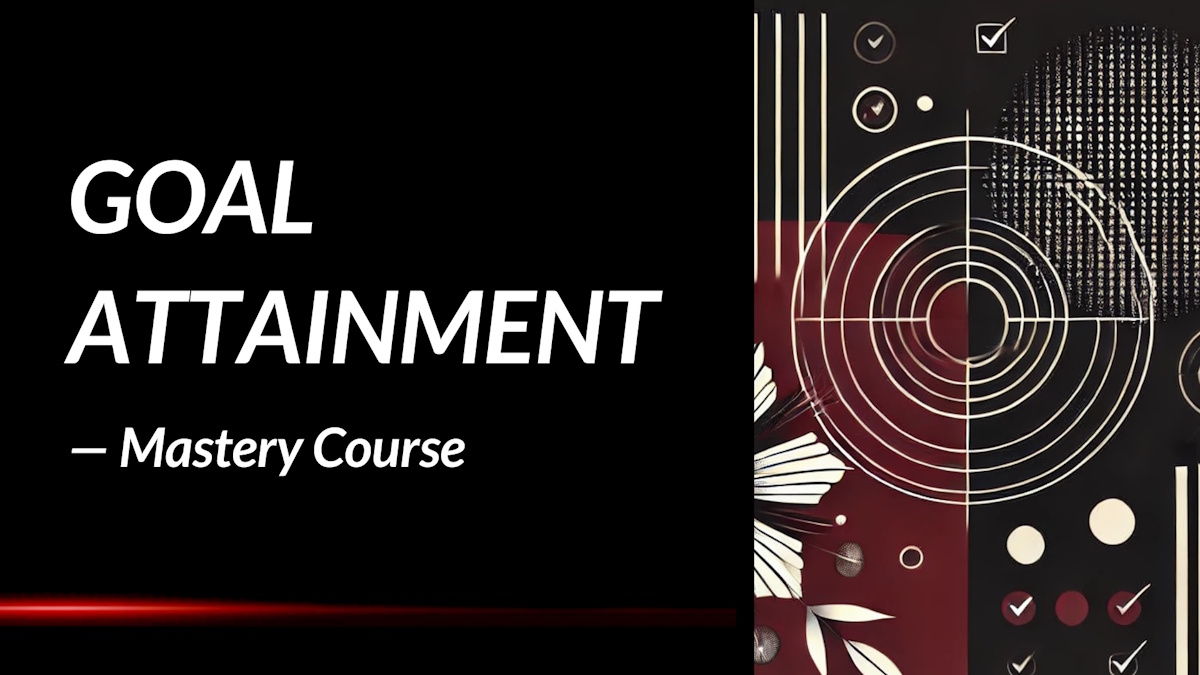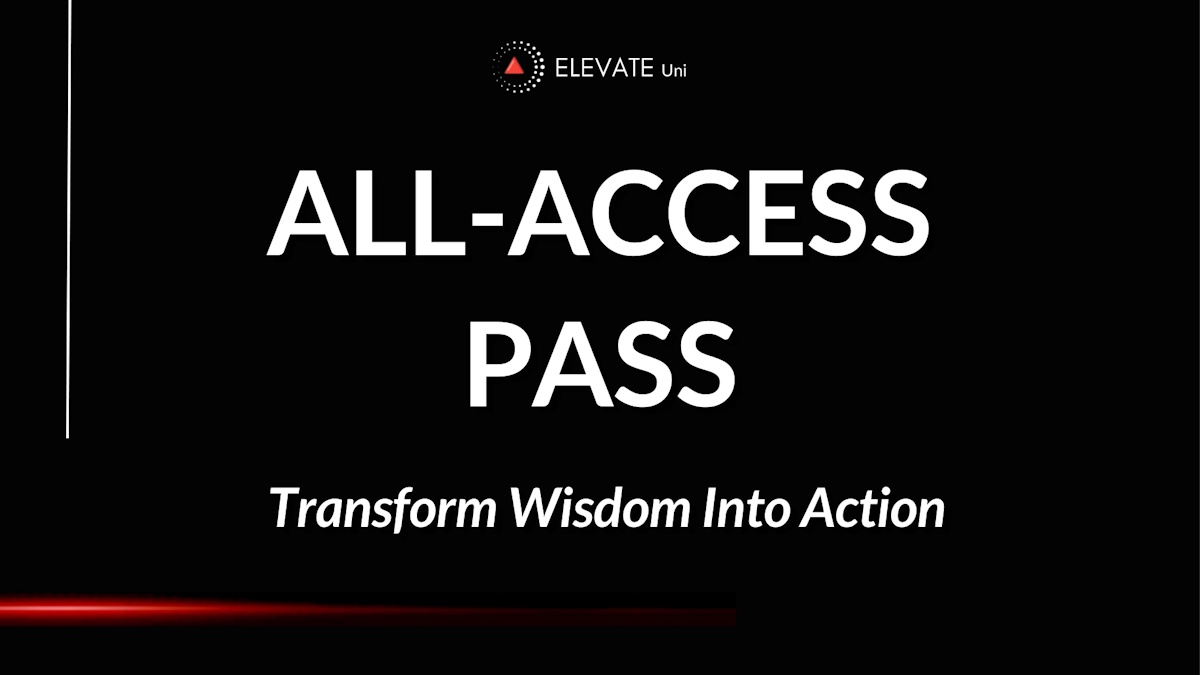Learning to Breathe Again: Summary Review
What happens when the unimaginable shatters the world you knew, and you’re forced to rebuild your life piece by painful piece? In Learning to Breathe Again by Lark Dean Galley, readers are offered a raw, courageous look into the journey of healing after the devastating loss of a loved one to suicide.
What is the Book About?
Learning to Breathe Again is the deeply personal story of Lark Dean Galley’s path through immense grief after the suicide of her teenage son, Christian. Struggling to comprehend the sudden loss and navigate life afterward, Lark shares how she faced her overwhelming pain head-on, refusing to let tragedy define her permanently. Instead of allowing herself to be consumed by despair, she made the conscious decision to find meaning, purpose, and even hope through her suffering. This memoir isn't just a chronicle of loss; it’s a guide for those who are desperately trying to find their way back to life after trauma.
Throughout the book, Lark peels back the layers of stigma surrounding suicide and mental health, offering readers an honest depiction of what it looks like to survive such a loss. She explores the complex emotions of guilt, anger, sadness, and eventually acceptance, all while inviting others to acknowledge their own pain without shame. Her journey toward healing is neither neat nor easy, but it is filled with profound lessons about resilience, faith, vulnerability, and choosing life even when every breath feels heavy. This book offers a powerful message: healing is not about forgetting, but about carrying forward with love and renewed strength.
Book Details
Print length: 186 pages
Language: English
Publication date: November 4, 2020
Genre: Memoir, Self-Help, Grief & Bereavement
Book Author
Core Theme
At the heart of Learning to Breathe Again is the powerful message that healing is a conscious, daily choice. Lark Dean Galley emphasizes that while grief may initially feel like a tidal wave ready to drown us, we have the agency to swim, even when the current is strongest. Her journey is about reclaiming agency in the face of powerlessness, finding tiny flickers of hope amid the darkest nights, and giving oneself permission to grieve in deeply personal and imperfect ways. It's about learning to coexist with pain without letting it be the sole defining force of life.
The book also explores the necessity of honest conversations about mental health, particularly suicide, which is often shrouded in silence and shame. By telling her story so vulnerably, Lark encourages readers to acknowledge their own emotions without fear or judgment. Healing, as portrayed in her pages, does not mean returning to who you were before the tragedy—it means growing into a new version of yourself with wisdom etched from your scars. It's an invitation to honor both the life lost and the life still left to live.
Main Lessons
A few impactful summary lessons from Learning to Breathe Again:
1. Healing Begins with Honest Vulnerability
Healing after devastating loss starts when we allow ourselves to be vulnerable and confront the rawness of our emotions without filters. In *Learning to Breathe Again*, Lark Dean Galley demonstrates the power of sharing intimate pain openly, helping others recognize that grief is not something to be hidden but embraced as a part of the healing journey. Her bravery in exposing the depths of her sorrow shows that authentic expression can be the first major step toward reclaiming hope and resilience.
2. Loss Teaches the Depth of Unconditional Love
Through the heartbreak of losing her son, Lark reveals that love’s most profound form is not perfection but steadfast presence even amidst turmoil and pain. The journey she shares teaches that genuine love withstands imperfections, misunderstandings, and hardships, offering a sacred space where connection can endure even when physical presence is lost. In navigating grief, she uncovers that real love often shows its strength most vividly when life falls apart.
3. Conversations Around Mental Health Are Vital
One of the most resonant lessons is the critical importance of having hard conversations about mental health before crisis strikes. Lark’s story reminds us that silence can deepen suffering and that open, compassionate dialogue about suicidal ideation and emotional struggles can save lives. By courageously addressing uncomfortable truths, she stresses that mental health discussions should never be delayed or tiptoed around but approached with love, honesty, and urgency.
4. Processing Grief Is a Journey That Demands Patience
Grief is not a single event but a long, unpredictable process that requires immense patience with oneself. Lark’s narrative makes it clear that there is no fixed timeline for healing and that each person’s path through mourning is as unique as their fingerprint. Her experience reinforces that giving oneself grace, time, and permission to feel every stage of grief without self-judgment is essential for eventual emotional restoration.
5. Hope Can Rise from the Deepest Heartache
Even in the aftermath of unimaginable sorrow, hope has the ability to grow if we are willing to nurture it. Lark’s openness in *Learning to Breathe Again* demonstrates that healing doesn’t erase the pain but can exist alongside it, giving life new meaning and offering light even in the darkest moments. Her journey serves as a living reminder that devastation does not have the final word if we choose to keep reaching toward hope.
6. Grief Should Not Be Walked Alone
Another deeply moving insight from the book is the reminder that community and support are indispensable when facing grief. Lark’s story shows that while grief feels isolating, seeking connection and allowing others to share in the sorrow makes the burden more bearable. Healing is accelerated by leaning on trusted friends, family, or support groups who provide understanding and shared strength when it feels impossible to stand alone.
7. Sharing Pain Can Become a Lifeline for Others
By bravely publishing her deeply personal experience, Lark highlights the incredible ripple effect that comes from sharing one’s pain. Her story teaches that when we transform private anguish into public testimony, it can become a lifeline for someone else drowning in their own despair. Opening our wounds with courage creates spaces where others feel less alone and more seen in their own suffering.
8. Forgiving Ourselves Is Critical to Healing
In the aftermath of tragedy, self-blame often creeps in and clings stubbornly to the heart. *Learning to Breathe Again* gently yet powerfully conveys the necessity of self-forgiveness. Lark’s reflections encourage readers to recognize that healing demands releasing the heavy chains of guilt and accepting that sometimes love, no matter how fierce, cannot prevent loss. Only through forgiving ourselves can we free the space needed for renewal and peace.
9. Tragedy Can Illuminate Life’s True Purpose
As painful as tragedy is, it can serve as a catalyst for profound personal awakening. Lark’s journey shows that the searing pain of loss can unearth deeper meaning, calling us to live more intentionally and to cherish our connections with greater tenderness. Out of her suffering arose a mission to help others, proving that even the darkest experiences can clarify our most important life work and purpose.
10. Every Grieving Heart Needs Permission to Feel
Finally, Lark’s book teaches the indispensable lesson that no one’s grief should be minimized, rushed, or judged. *Learning to Breathe Again* gives grieving hearts permission to feel every messy, painful, and complicated emotion without apology. It underscores the truth that in allowing ourselves to fully experience grief without repression or shame, we honor the love we lost and gradually rediscover our own heartbeat.
Key Takeaways
Key summary takeaways from the book:
- Healing from profound grief requires intentional action, not passive waiting.
- Grieving is a deeply personal process, and there’s no "correct" timeline or method for it.
- Honest conversations about suicide and mental health are essential to healing and preventing further tragedy.
- It is possible to find new purpose and meaning after unimaginable loss.
- Carrying forward with love, hope, and resilience honors both the life lost and the life we continue to live.
Book Strengths
Learning to Breathe Again stands out because of its raw authenticity and heartfelt honesty. Readers and critics alike appreciate Lark’s willingness to share her deepest vulnerabilities without masking the messy, complicated nature of grief. Her voice feels less like a distant narrator and more like a compassionate companion walking alongside you through pain. The book avoids platitudes, instead offering a real and relatable roadmap to hope.
Who This Book Is For
This book is perfect for anyone who has suffered the loss of a loved one, particularly through suicide, and is struggling to find their way back to themselves. It’s also invaluable for friends, family members, counselors, and mental health professionals who want to better understand the internal landscape of grief and offer genuine support.
Why Should You Read This Book?
You should read this book if you crave a deeply personal, uplifting, and ultimately healing perspective on loss and resilience. Learning to Breathe Again reminds us that, even when life feels shattered beyond repair, there are still ways to piece together a new mosaic filled with meaning, hope, and strength.
Concluding Thoughts.
Learning to Breathe Again is a stunning testament to the power of human resilience. Through Lark Dean Galley’s deeply personal journey, readers are invited to recognize their own capacity for healing and to honor their pain without being imprisoned by it. This book is a beautiful reminder that grief, while all-consuming, does not have to be the final chapter of our story.
By courageously sharing her heartbreak and hard-earned wisdom, Lark offers others the gift of permission—to feel, to struggle, and ultimately, to breathe again. Whether you are navigating personal loss or supporting someone who is, this book holds a lantern that can light the way forward.
→ Get the book on Amazon or discover more via the author's website or social channels.
* The publisher and editor of this summary review made every effort to maintain information accuracy, including any published quotes, lessons, takeaways, or summary notes.
Chief Editor
 Tal Gur is an author, founder, and impact-driven entrepreneur at heart. After trading his daily grind for a life of his own daring design, he spent a decade pursuing 100 major life goals around the globe. His journey and most recent book, The Art of Fully Living, has led him to found Elevate Society.
Tal Gur is an author, founder, and impact-driven entrepreneur at heart. After trading his daily grind for a life of his own daring design, he spent a decade pursuing 100 major life goals around the globe. His journey and most recent book, The Art of Fully Living, has led him to found Elevate Society.

















